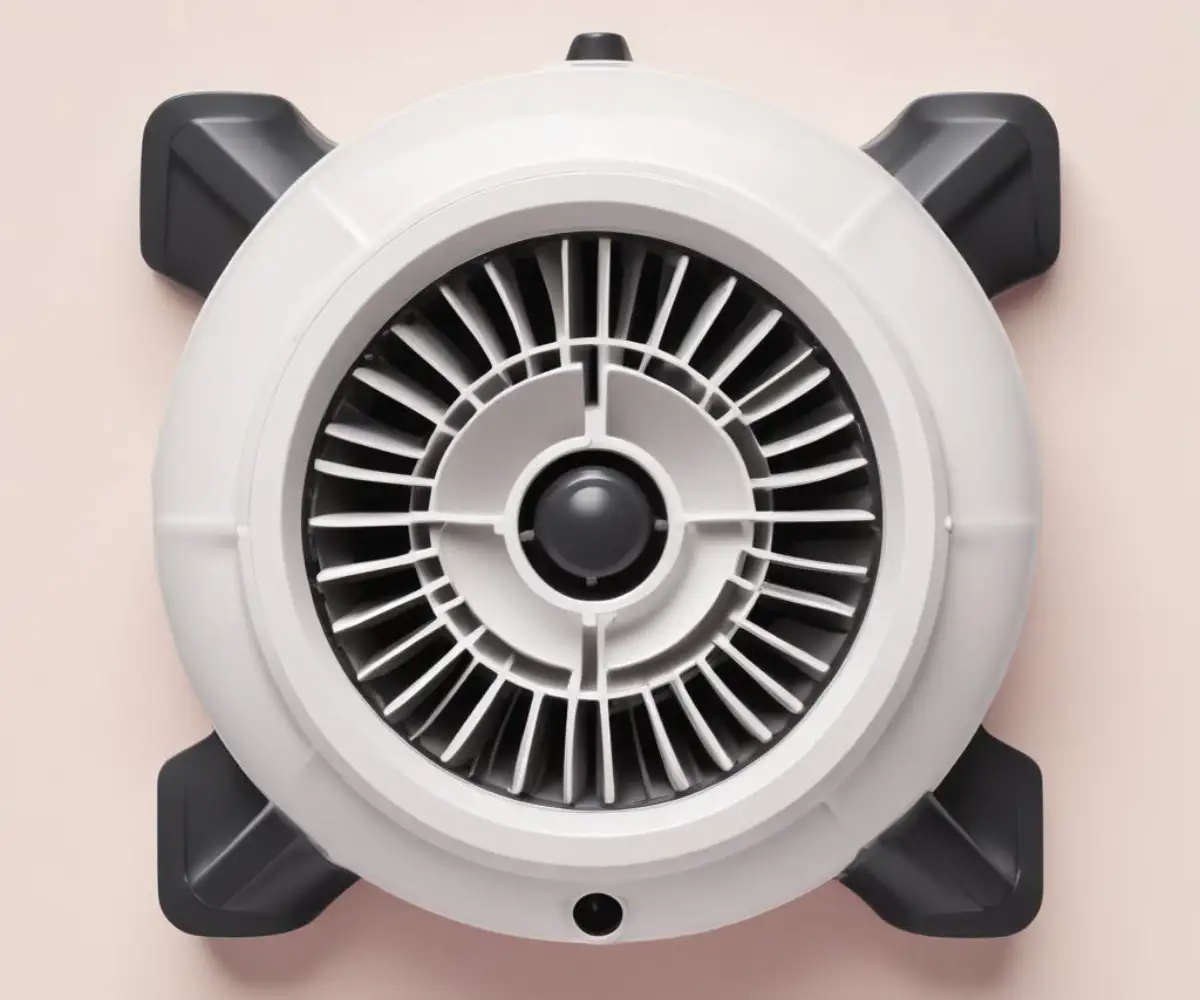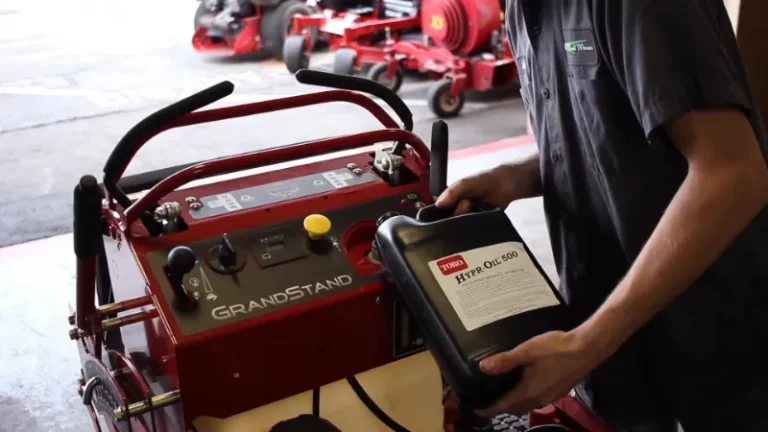Shop Vac Exhaust Port Cover: Stop Blowing Dust & Debris Now!
There’s nothing more frustrating than finishing a cleanup, only to realize your shop vac has created a new mess. You meticulously vacuumed up sawdust or drywall dust, but now a fine layer of grit covers every surface behind the vacuum. This happens because the powerful motor needs to expel air, and that jet of air comes blasting out of the exhaust port, turning your workspace into a dust storm.
This high-velocity exhaust doesn’t just blow around debris; it can also stir up allergens and fine particles that you thought you had captured. The problem is compounded by the deafening roar of the motor, making any lengthy project a headache-inducing ordeal. Fortunately, a simple and effective solution exists: the shop vac exhaust port cover.
You'll Learn About
Why Is My Shop Vac Blowing Dust Everywhere? (The Real Culprits)
Before you can solve the problem, it’s crucial to understand why your wet/dry vac is betraying you. The jet of air from the exhaust is normal, but it shouldn’t be filled with dust. If it is, one of several issues is likely to blame.
The Missing or Incorrect Filter Catastrophe
The most common reason for a shop vac blowing dust is a problem with the main filter. Many users remove the paper filter for wet vacuuming and simply forget to put it back for dry tasks. Without a filter, there is nothing to stop the dust you collect from passing straight through the motor and out the exhaust port.
Using the wrong type of filter is another frequent mistake. Standard filters are not equipped to handle ultra-fine particles like drywall dust or cold ashes. For these jobs, you need a high-efficiency filter, often called a HEPA filter, to trap microscopic particles and prevent them from recirculating into the air.
When Your Filter Is Clogged or Damaged
Even with the correct filter installed, problems can arise. A filter that is completely clogged with debris will drastically reduce suction and can cause the motor to work harder, potentially forcing fine dust through the filter media. Similarly, a filter with a tear or hole provides a direct path for dust to escape through the exhaust.
Regularly check and clean your filter by tapping it gently to dislodge debris. If you notice any damage, replace it immediately. A clean and intact filter is your first line of defense against a dusty workspace.
The Overlooked Full Canister or Bag
A shop vac operates on airflow. When the canister or collection bag is full, it severely restricts this airflow. This not only reduces suction power at the hose but can also create back-pressure that forces dust out through any available exit, including the exhaust port.
Make it a habit to empty the canister long before it reaches the top. If you’re using filter bags, they are an excellent way to contain debris and make disposal cleaner and easier, especially with fine dust.
The Ultimate Solution: The Shop Vac Exhaust Port Cover (Diffuser/Muffler)
Once you’ve ensured your filter system is working correctly, the next step is to control the exhaust air itself. This is where a shop vac exhaust port cover, also known as a diffuser or muffler, becomes an essential accessory. This simple device attaches directly to the exhaust port to solve the two biggest annoyances of any shop vac: the dust-blasting jet stream and the excessive noise.
A diffuser works by breaking up the concentrated column of air exiting the vacuum. Instead of a powerful, focused jet, the air is dispersed in multiple directions with much less force. Many models also contain a foam or fabric filter that acts as a final barrier for any microscopic dust that might have escaped the main filter, while also dampening the high-pitched whine of the motor.

Key Benefits You Can’t Ignore
Adding a diffuser to your shop vac is a small change that delivers significant improvements to your work environment. It’s an upgrade that enhances cleanliness, health, and comfort.
Superior Air Quality and a Healthier Workspace
The primary benefit is a drastic reduction in airborne dust. A diffuser stops the exhaust from kicking up settled dust from floors and surfaces. When combined with a filtration element, it provides a second layer of protection, capturing fine particles and allergens for cleaner, healthier air.
Drastic Noise Reduction for a More Pleasant Job
Shop vacs are notoriously loud, often operating at levels that can be damaging to hearing over time. An exhaust port cover with muffler capabilities can significantly reduce the overall decibel level. It dampens the high-frequency noise from the motor, making the vacuum much more tolerable to use for extended periods.
Protecting Surfaces and Delicate Items
The powerful blast from an uncovered exhaust can be destructive. It can blow sawdust into freshly applied paint or stain, scatter important small parts from a workbench, or force dust into sensitive electronics. A diffuser tames this airflow, protecting your projects and your gear from accidental damage.
Choosing the Right Exhaust Port Cover for Your Machine
Not all exhaust covers are created equal. The right choice depends on your specific needs, the type of debris you handle, and the model of your shop vac. It’s crucial to measure the diameter of your exhaust port before purchasing to ensure a proper fit.
| Type of Cover | Primary Function | Best For | Considerations |
|---|---|---|---|
| Standard Diffuser | Dispersing air to prevent dust clouds | General workshop cleanup, garages, outdoor use | Minimal noise reduction; check port diameter for fit (e.g., 2.5 inches is common). |
| Muffler/Diffuser Combo | Noise reduction and air dispersion | Indoor projects, basements, prolonged use | May slightly reduce airflow; offers the best balance of features. |
| Exhaust Filter Bag | Maximum filtration of fine particles | Drywall dust, concrete dust, sanding projects | Requires regular cleaning or replacement to maintain airflow. |
| DIY Solutions | Cost-effective and customizable | Users comfortable with modifications | Can be ineffective or restrict airflow too much if not designed properly. |
Step-by-Step Guide: Installing Your New Exhaust Cover
Installing a shop vac diffuser is typically a straightforward process that requires no tools and can be completed in under a minute. Following these simple steps will ensure a secure fit and optimal performance.
- Safety First: Always unplug your shop vac from the power source before performing any maintenance or adding accessories.
- Identify the Exhaust Port: Locate the port where air blows out of the motor housing. It’s usually on the top or back and is separate from the main vacuum inlet on the canister. On many models, this is also the “blower” port. If you’re having trouble with the blower function, see our guide on what to do when your shop vac blower won’t turn off.
- Check Compatibility: Confirm that the diffuser you purchased is the correct size for your vacuum’s exhaust port. Most larger shop vacs use a standard 2.5-inch port.
- Attach the Cover: Most diffusers simply press-fit onto the port. Align the cover and push firmly until it is seated securely. Some models may have a locking tab or a twist-lock mechanism for an even tighter fit.
- Test the Unit: Plug the shop vac back in and turn it on. You should immediately notice a reduction in the focused jet of air and, with muffler models, a decrease in noise.
Pro Tips & Advanced Strategies for Dust Control
To truly master dust control, you can go beyond a simple exhaust cover. Combining accessories and strategies can create a nearly dust-free system for even the most demanding jobs, from woodworking to post-renovation cleanup.
The Double-Filtration Secret
For ultimate air purity, combine a high-efficiency HEPA-rated cartridge filter inside the vac with a secondary filter on the exhaust port. This two-stage system is incredibly effective at capturing microscopic particles. This is the professional’s choice for tasks like cleaning up after removing blown insulation, ensuring that hazardous fine fibers are not recirculated into your home’s air.
Harnessing Exhaust Air for Good
Instead of just diffusing the exhaust, you can put that clean, filtered air to work. Attach a hose to the exhaust port to direct the gentle airflow into a damp corner of a basement to accelerate drying. This transforms your vacuum into a targeted air mover, functioning much like a powerful appliance designed for drying spaces, which is especially useful if you’ve ever dealt with inefficient drying systems like a Samsung dryer that sucks at its job.
Static Electricity: The Invisible Dust Spreader
The movement of air and debris through a plastic shop vac hose and canister generates a significant amount of static electricity. This static charge causes fine dust particles to cling to surrounding surfaces, making it feel like your cleanup is never truly done. An exhaust diffuser helps mitigate this by preventing the powerful, charged air jet from blasting these clinging particles back into the atmosphere.
Frequently Asked Questions (FAQ)
Can I use my shop vac without an exhaust cover?
Yes, a shop vac will function without an exhaust cover. However, you will have to contend with the strong, directed jet of air blowing dust and debris around your workspace and the loud operational noise.
Will a diffuser reduce my shop vac’s suction power?
A well-designed diffuser should have a minimal, often unnoticeable, impact on suction performance. However, a clogged or overly restrictive DIY muffler can reduce airflow and, consequently, suction. It is important to keep any foam or filter elements in the diffuser clean.
How do I clean a shop vac exhaust port cover or filter?
Most plastic diffusers can be rinsed with water. If it includes a foam filter, it can typically be washed with mild soap and water and left to air dry completely before being reinserted.
Can I make my own DIY shop vac muffler?
Many people successfully build their own mufflers using PVC pipes, fittings, and foam or other sound-dampening materials. The key is to create a path that breaks up sound waves without overly restricting airflow, which could cause the motor to overheat.
Conclusion
The chaotic blast of air from your shop vac’s exhaust port is a correctable problem. By ensuring your main filter is clean and correctly installed, and by adding a simple shop vac exhaust port cover, you can eliminate the frustrating dust clouds and significantly reduce noise. This inexpensive accessory is a game-changing upgrade for your wet/dry vac.
Investing in a diffuser or muffler will transform your cleaning experience, leading to a healthier, quieter, and more efficient workspace. Take control of your cleanup and stop letting your vacuum create a bigger mess than the one you started with.


